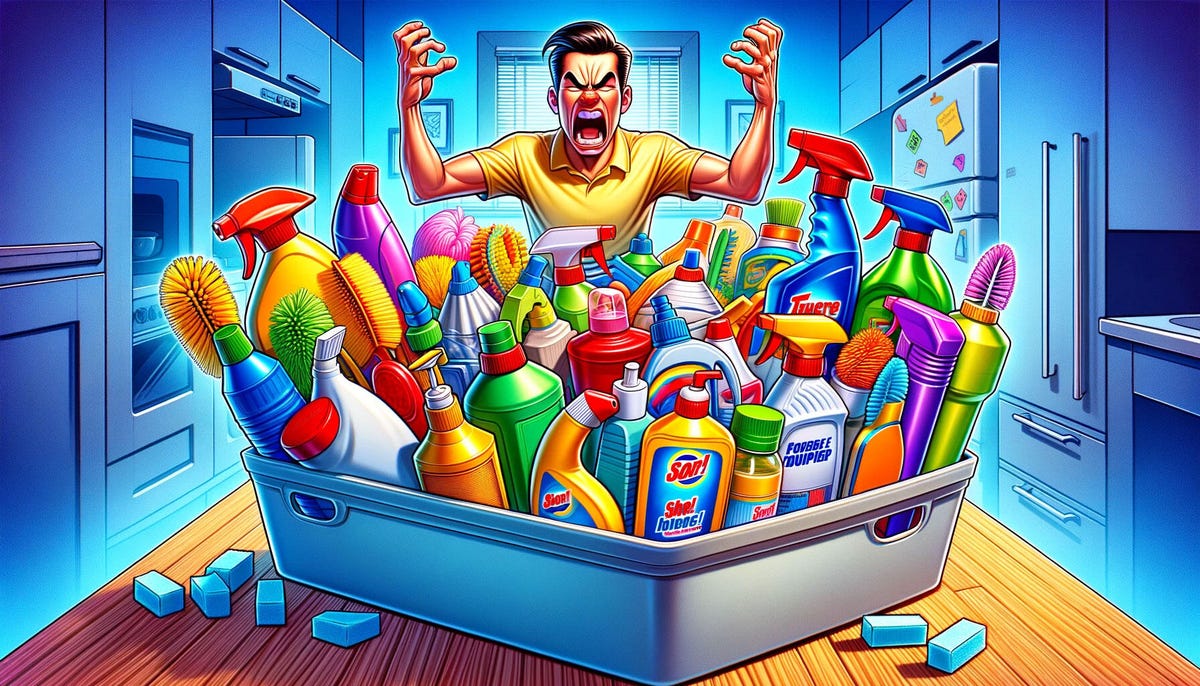Developer Offer
Try ImaginePro API with 50 Free Credits
Build and ship AI-powered visuals with Midjourney, Flux, and more — free credits refresh every month.
Taming AI Art Common Hallucinations Solved
As someone who reviews AI image and video generators, I've seen the full spectrum of what this technology can do—from stunning sci-fi landscapes in Midjourney to realistic product shots with Stable Diffusion. While AI creative tools have evolved rapidly, they are far from perfect. Certain challenges consistently appear, causing frustrating and sometimes hilarious errors.
Many AI programs offer editing tools to correct these mistakes, and you should certainly use them. However, when those tools fall short, you need a different approach. Based on extensive testing, here are my proven strategies for tweaking your prompts and settings to fix the most common AI image flaws.
The Challenge of Crafting Realistic Human Faces
AI generators frequently struggle with accurate human faces and expressions. Distorted eyes, unnatural teeth, and bizarre eyebrows are dead giveaways of an AI-generated image. In some cases, the results are just plain unusable, like people with vampire teeth or misplaced hair.

Even with non-realistic or cartoon styles, generators can over-amplify emotions. A prompt asking for an "enraged" person might produce a result that is far too dramatic and comical. Even the best programs, like Dall-E 3, can produce these kinds of wonky results.

How to fix it: Try reducing the number of people in the scene to limit the chances for error. Use post-generation editing tools to select and regenerate specific parts of a face that need fixing. Additionally, using a more moderate adjective (like "angry" instead of "enraged") can guide the AI to a more subtle and accurate expression.
Navigating Copyrights and Brand Logos
AI image generators almost never produce accurate logos, trademarks, or recognizable characters. This is often intentional to avoid significant legal and copyright infringement issues. It can also happen if a specific brand isn't part of the AI's training data.

There have been a few recent exceptions. Google's Gemini AI on the Pixel 9 has created recognizable images of Mickey Mouse and Pikachu, and some X users have reported that the Grok chatbot can generate realistic-looking public figures. However, these are still not perfect renderings and are not widely available.
How to fix it: In most cases, you can't. The best approach is to rethink your creative concept. Instead of asking for a specific logo, consider if you can convey the same idea differently. For instance, rather than the TikTok logo, you could request an image of a phone displaying a vertical video.
Untangling Complex and Overlapping Elements
Sometimes, a prompt with too many complex or overlapping objects can confuse an AI generator. Even top-tier programs can fail here, resulting in logical impossibilities, like a rolling library ladder that vanishes halfway up.

These flaws can be subtle. A photorealistic kitchen scene might look perfect at first glance, but a closer look could reveal a cookbook with nonsensical text, two spines, and three distinct sections. Small details like these can render an otherwise great image unusable.

How to fix it: Simplify your prompt to reduce complexity. If your generator offers it, use a specific area editing tool to select the flawed section and ask the AI to remove or regenerate it. Changing the desired aesthetic from photorealistic to another style can also help avoid these issues.
Knowing When to Stop Editing and Start Over
Great AI image generators not only produce quality images but also provide the tools to fix the inevitable errors. However, over-editing can sometimes make things worse. In one instance with Midjourney, several rounds of edits to an image of a soccer team resulted in a strange, misshapen blob where a player should have been. It's likely the AI itself didn't know what it was trying to create anymore.

How to fix it: With AI image editing, less is often more. Don't be afraid to scrap your current attempt and start over with a more refined initial prompt. Getting the first generation closer to your vision will save you from wrestling with minor (or major) issues later.
The Essential Role of the Human Creator
AI companies are constantly working to improve their models and eliminate these common problems. For now, these imperfect images remind us that while the technology is powerful, it is not flawless and still requires a human touch to guide, refine, and perfect the final output.

As a final reminder, it's a best practice to always credit or acknowledge that an image is AI-generated when you share it. As AI images become increasingly realistic, transparency is more important than ever to distinguish generated art from other forms of media.
Compare Plans & Pricing
Find the plan that matches your workload and unlock full access to ImaginePro.
| Plan | Price | Highlights |
|---|---|---|
| Standard | $8 / month |
|
| Premium | $20 / month |
|
Need custom terms? Talk to us to tailor credits, rate limits, or deployment options.
View All Pricing Details

